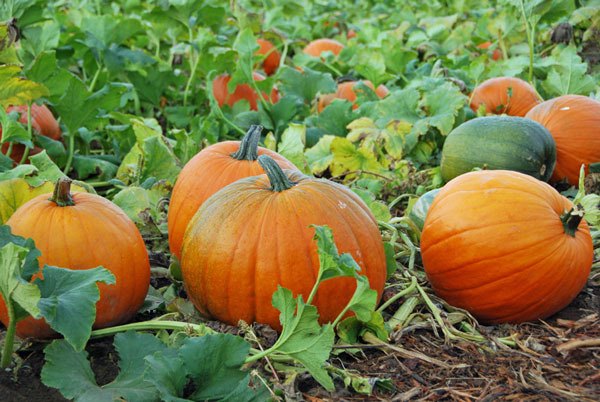Events
Plant Clinics Helpline 417-2514
Mondays 9 a.m.-1 p.m. Clallam County Courthouse, Port Angeles (Final 2015 clinic at the courthouse is Oct. 26)
Saturdays 9 a.m.-1 p.m., Demo Garden, 2711 Woodcock Road, Sequim
(Final 2015 clinic at the Demo Garden is Oct. 10)
Brown Bag Seminars
Held at noon on second and fourth Thursdays, at the Clallam County Courthouse commissioners meeting room, 223 E. Fourth St., Port Angeles. Oct. 8, Weeding by Design, Cathy Lucero, Noxious Weeds Coordinator; Oct. 22, Dahlias, Betty Ashland, Master Gardener
Friday Walks in the Garden
Held at the Fifth Street Garden, Port Angeles, ended in September. Thank you for joining us over the past several months!
General garden advice
Turn off and drain irrigation systems before the first hard freeze to avoid damage to hoses, pipes and valves.
Ornamental gardens
• Annuals — Empty and wash hanging baskets. Remove annuals that are finished for the season; compost if no disease is present. Continue to deadhead plants after blooming. Scatter seeds of calendula, poppies and annual alyssum for early spring bloom. By mid-month, plant pansy, viola, ornamental kale, cabbage and chard.
• Bulbs, Corms, Rhizomes and Tubers — Beginning mid-month, plant spring flowering bulbs. When night temperatures drop into the 40s, dig up and dry tubers of cannas, elephant ears and tuberous begonias and store them in sawdust, peat or newspaper in a cool dark place. Dahlia tubers and gladiolus corms can be left in the ground or dug up after the first hard frost. If you leave dahlias in the ground, cut down the foliage and cover each with a plastic nursery pot and mulch with at least 6 inches of material such as straw or leaves. Cut the dead leaves from gladiolus and cover with at least 4 inches of mulch. To be safe, you may wish to dig dahlias and gladiolus and store them in sawdust in a cool dark place.
• Lawns — Plant grass seed or overseed until mid-month. Rake leaves off grass. Chop leaves to use as mulch or compost them.
• Perennials — Rake and discard leaves and other debris from under roses. Protect roses from cold by piling 6 inches of mulch over the bud union. Save non-hardy fuchsias and geraniums by cutting plants back to 6 inches and storing them in a cool, dark, protected place until spring; water them lightly once a month. Divide and plant new perennials by mid-month.
• Shrubs and Trees —
Plant new purchases now. Transplant deciduous trees and shrubs after their leaves have fallen. Add mulch around new plantings to retain moisture and to provide nutrients as the mulch decomposes. Water existing plantings as needed; do not fertilize or prune them. Leave small leaves where they fall and shred large ones to make leaf mulch for your garden beds.
Taking care of your edible garden
• Vegetables — Clean up the vegetable garden before rains begin in earnest. Remove dead plants from the garden and compost them if they are not diseased. Pull and discard all weeds no matter how small. After you have cleaned up the garden, apply a mulch of straw, hay, chopped leaves or other light-weight material as it is a more effective garden insulator than a denser mulch such as wood chips. By month-end, plant garlic, multiplier onions and shallots. Mulch fall and winter vegetables for frost protection. Plant cover crops (Fact Sheet FS111E, available online at cru.cahe.wsu.edu).
• Fruit trees — Harvest apples when seeds turn brown and pears when full-sized but hard. Clean up fallen fruit, leaves and other debris under trees.
• Berries — Remove debris around all berry plants. Apply layer of mulch after first hard frost for winter protection.
Contributions to this article by Washington State University-certified Clallam County Master Gardeners.



